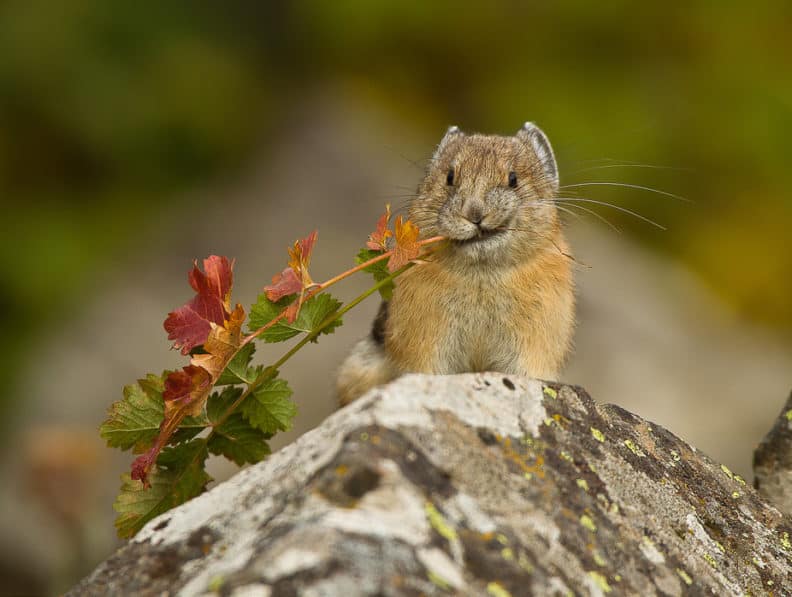
Stories of Change: Storytelling as a Means of Climate Communication
By Hanna Davis, graduate student in the Institute’s 16th cohort.
There are various facets to graduate life at North Cascades Institute: taking classes, a teaching practicum, work study positions. And throughout every aspect, nearly every of my residency this past year, a common theme has appeared: climate change. Specifically, how do we, as environmental educators, talk about climate change? It’s a topic that comes up so continuously in my work here that hardly a day goes by that I’m not talking about how to talk about climate change. So naturally, my natural history project is all about how we can improve climate literacy, specifically here at NCI.
If you’ve gotten a chance to look at NCI’s new Strategic Plan, you may have noticed the goal to “Strengthen the Institute’s impact and meet the needs of diverse communities by pursuing new opportunities for programs, partners and audiences [by]…integrating and expanding climate literacy throughout Institute programs.” Now, a strategic plan may seem like a mundane obligatory document, but if you can get past the admittedly dry language, you’ll find the heart of NCI: these are the values we believe in, the goals we strive for. So by including climate change literacy in this plan, we are saying: this work is crucial.
Climate change education is also more challenging than you might imagine. Climate literacy is surprisingly low and many classroom teachers spend less than an hour per year on climate education. Climate science is also a difficult subject: the finer details of how climate will affect humans and the environment are yet unknown and vary drastically from region to region.
However, I believe that it’s not a lack of information on the subject that is a barrier to educators, but the traditional methods used to disseminate this information. Lessons and other resources aimed at improving climate literacy are filled with scientific concepts, data, and findings. In my experience and research over the past year, I’m finding that teaching climate science as a barrage of facts and concepts may not be the most effective approach to motivate or even educate our students. Instead, perhaps what environmental education needs are stories that reach the hearts, as well as the minds, of the audience. I propose that we utilize storytelling as a tool to educate our audiences about climate change. A good story creates connection and empathy, something that has evaded many fact-based climate science arguments.
The stories we tell, and the stories we hear, are vital to the way we perceive the world. As environmental educators facing the biggest environmental challenge humanity has seen, it is our job to help our audiences understand and face climate change. Given the complexity of climate change in North Cascades and the diversity of participants at NCI, the task of integrating engaging climate literacy into educational programing may seem daunting. But there are stories here. There are stories of loss: dry farm fields in the Skagit, diminishing wolverine rangeland, swaths of forests succumbing to mountain pine beetle infestation. There are also stories of hope: pika populations surviving at low elevations, hydropower working with local tribes to ensure healthy salmon habitat, communities coming together to create concrete plans for a thriving future. As educators, we have not only the opportunity, but the privilege, of telling these stories.
Title image of pika courtesy of the National Park Service Climate Change Response

